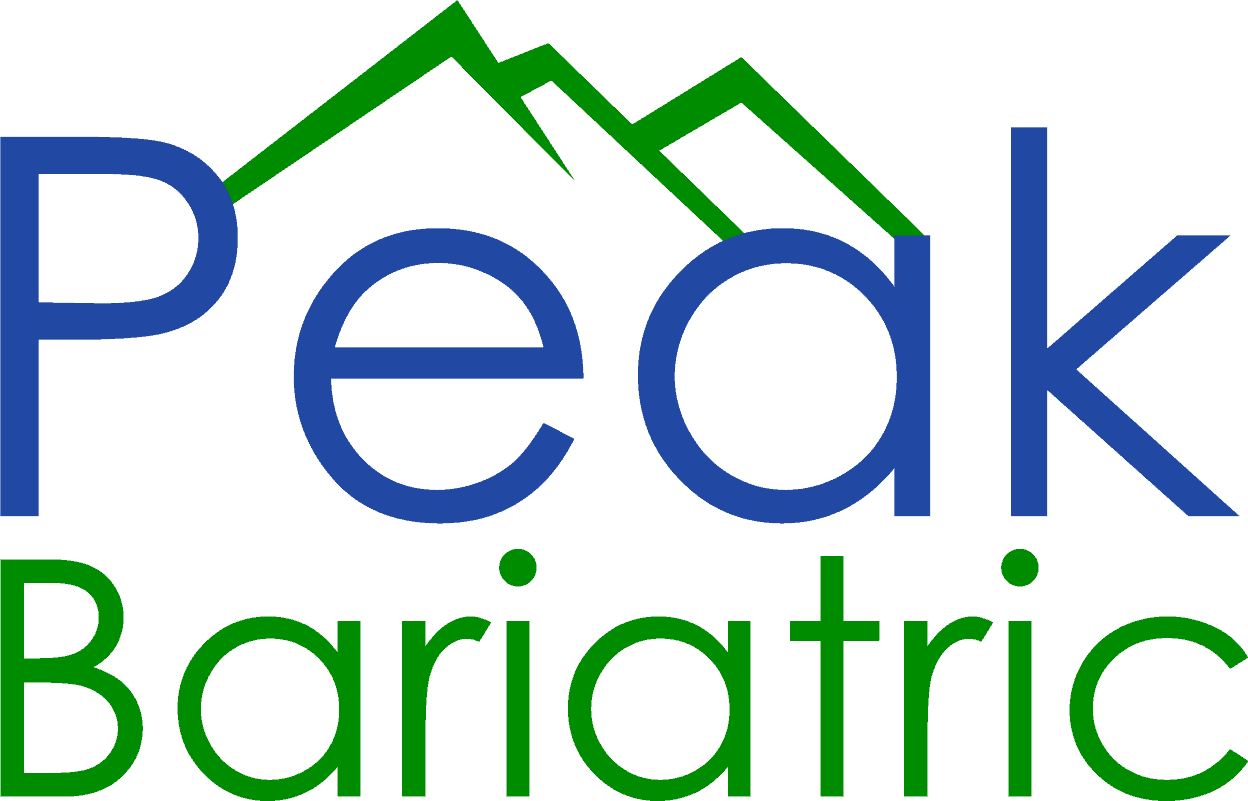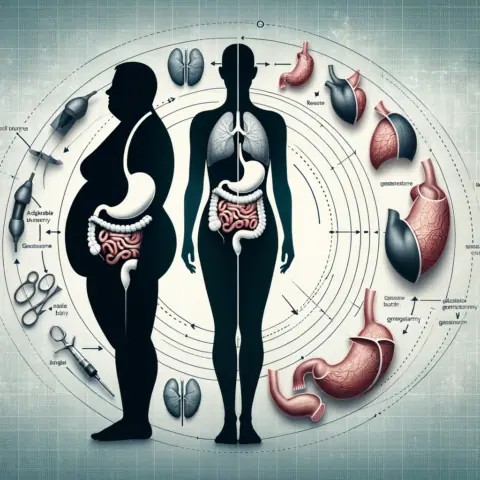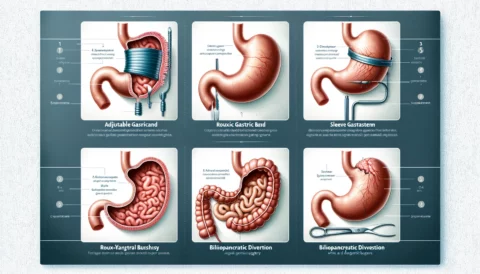Are you considering undergoing gastric sleeve surgery to aid in your weight loss journey? Congratulations on taking this significant step towards a healthier lifestyle! As you embark on this transformative experience, it’s important to understand that a successful outcome relies not only on the surgical procedure itself but also on adopting a healthy post-surgery diet plan. In this article, we will delve into the details of what a gastric sleeve diet plan looks like and how it can contribute to your long-term success.
Understanding the Importance of a Gastric Sleeve Diet Plan
Following gastric sleeve surgery, your stomach size is reduced, resulting in a smaller capacity to hold food. This reduction in stomach size plays a crucial role in weight loss, as it limits the amount of food you can consume at one time. However, it’s essential to remember that the surgery alone is not a magic solution. To achieve and maintain optimal weight loss, you must adopt a well-balanced and nutrient-rich diet plan.
Building a Nutritious Foundation
A gastric sleeve diet plan typically consists of several phases, each designed to gradually reintroduce different food groups while allowing your body to heal and adjust. Let’s explore the key phases of a gastric sleeve diet plan:
Phase 1: Clear Liquid Diet
Immediately after surgery, you will start with a clear liquid diet. This phase aims to keep you hydrated while providing necessary nutrients. Clear liquids include water, broth, sugar-free gelatin, and herbal tea. It’s essential to avoid carbonated beverages, caffeine, and sugary liquids during this phase.
To know more about the clear liquid diet phase and its significance, you can refer to our article on Navigating the Gastric Bypass Journey: An In-Depth Look at the Procedure, Duration, and Recovery.
Phase 2: Full Liquid Diet
Once you’ve successfully completed the clear liquid phase, you’ll transition to a full liquid diet. This phase introduces slightly thicker and more substantial liquids, such as protein shakes, low-fat milk, yogurt, and cream-based soups. These liquids provide essential nutrients, including protein, which is crucial for healing and preserving muscle mass.
For a detailed understanding of the full liquid diet phase, take a look at our comprehensive guide on Dallas Gastric Bypass: Finding Support and Community for Your Journey.
Phase 3: Soft Foods
As your body adapts to the liquid diet, you’ll progress to soft foods. Soft foods are easier to chew and digest, allowing your stomach to adjust gradually. Examples of soft foods include cooked vegetables, ground or finely chopped meats, scrambled eggs, and cottage cheese. It’s crucial to prioritize protein intake during this phase to support healing and provide sustained energy.
The Role of Nutrition
Nutrition plays a central role in your gastric sleeve diet plan. To ensure you’re meeting your body’s nutritional needs, it’s important to include a variety of nutrient-dense foods. Incorporating lean proteins, such as poultry, fish, and tofu, can provide essential amino acids for tissue repair and maintenance.
To understand the nutritional guidelines for gastric bypass patients in more detail, refer to our informative article on Nutritional Guidelines for Dallas Gastric Bypass Patients: Fueling Your Health.
Customizing Your Diet Plan
While the above phases provide a general outline of a gastric sleeve diet plan, it’s important to remember that everyone’s dietary needs may vary. Factors such as your overall health, pre-existing medical conditions, and individual goals can influence the specific dietary recommendations provided by your healthcare team.
To help you make the right choices regarding weight loss surgery, we recommend reading our comprehensive guide, Your Ultimate Guide to Weight Loss Surgery: Make the Right Choice Today. It will equip you with valuable insights to support your decision-making process.
Seeking Professional Guidance and Support
Embarking on a gastric sleeve diet plan can be both exciting and challenging. To ensure you stay on track and maximize your weight loss success, it’s crucial to seek professional guidance and support. Registered dietitians specializing in bariatric nutrition can provide personalized recommendations tailored to your unique needs.
For detailed information on finding support and community during your weight loss journey, refer to our article on Dallas Gastric Bypass: Finding Support and Community for Your Journey.
Part 2: Incorporating Exercise for Optimal Results
In our previous article, we explored the various phases of a gastric sleeve diet plan and the significance of nutrition in achieving successful weight loss after surgery. However, it’s essential to recognize that a well-rounded approach to post-surgery recovery and long-term success involves more than just dietary adjustments. Incorporating regular physical activity and exercise into your routine can further enhance your weight loss journey. In this article, we will discuss the importance of exercise and provide practical tips for incorporating it into your post-gastric sleeve lifestyle.
Understanding the Benefits of Exercise
Regular exercise offers numerous benefits that complement the effects of gastric sleeve surgery. Here are some key advantages of incorporating exercise into your post-surgery routine:
1. Enhanced Weight Loss
Exercise contributes to increased calorie burn, which aids in weight loss. By engaging in physical activity, you can create a calorie deficit, further promoting the loss of excess body weight. Combining exercise with your gastric sleeve diet plan can accelerate your progress and help you reach your weight loss goals.
To learn more about the benefits of weight loss surgeries and how they can transform lives, check out our informative article on The Benefits of Gastric Bypass Surgery: Transforming Lives in Dallas.
2. Muscle Preservation
During weight loss, it’s common to lose both fat and muscle mass. However, incorporating strength training exercises into your routine can help preserve muscle tissue while shedding excess fat. Building and maintaining muscle is essential for overall strength, metabolism, and body composition.
For an in-depth look at the different types of weight loss surgeries and their pros and cons, refer to our article on Pros and Cons of Weight Loss Surgeries: Are You Willing to Live the Lifestyle You Want?.
3. Improved Physical Fitness and Endurance
Engaging in regular exercise improves cardiovascular health, increases stamina, and enhances overall physical fitness. As you progress on your weight loss journey, you’ll notice increased energy levels, improved mobility, and greater ease in performing daily activities.
To understand the psychological aspects of gastric bypass surgery and gain insights from patient perspectives, read our article on Understanding the Emotional Aspects of Gastric Bypass: Dallas Patient Perspectives.
Incorporating Exercise into Your Routine
When starting an exercise program after gastric sleeve surgery, it’s important to consult with your healthcare team to ensure it aligns with your individual needs and capabilities. Here are some tips to help you get started:
1. Start Slow and Gradually Increase Intensity
Begin with low-impact activities, such as walking or swimming, and gradually increase the duration and intensity of your workouts as your fitness level improves. Remember, the key is consistency rather than pushing yourself too hard too soon.
For a step-by-step walkthrough of the gastric bypass procedure, refer to our detailed guide on Dallas Gastric Bypass: A Step-by-Step Walkthrough of the Procedure.
2. Mix Cardiovascular and Strength Training Exercises
A well-rounded exercise routine should include both cardiovascular exercises and strength training. Cardiovascular activities, such as jogging, cycling, or dancing, elevate your heart rate and help burn calories. Strength training exercises, on the other hand, help build muscle and increase your metabolism. Incorporate a combination of both types of exercises to maximize your results.
To gain a comprehensive understanding of weight loss surgery options for teens and what parents need to know, read our informative article on Comprehensive Guide to Weight Loss Surgery for Teens: What Parents Need to Know.
3. Find Activities You Enjoy
The key to sustaining an exercise routine is finding activities that you genuinely enjoy. Whether it’s dancing, hiking, yoga, or team sports, engaging in activities that bring you joy will make your workouts more enjoyable and increase your adherence to regular exercise.
To navigate the menu and make healthy choices while dining out, refer to our comprehensive guide on Navigating the Menu: A Comprehensive Guide to Healthy Dining Out.
4. Stay Consistent and Listen to Your Body
Consistency is crucial when it comes to exercise. Aim for at least 150 minutes of moderate-intensity aerobic activity or 75 minutes of vigorous-intensity aerobic activity per week, along with two or more days of strength training exercises. However, always listen to your body and adjust your routine accordingly. If you experience pain or discomfort, consult with your healthcare team.
To learn more about insurance coverage for gastric sleeve surgery and what you need to know, check out our informative article on What You Need to Know About Insurance Coverage.
5. Seek Professional Guidance
Consider working with a certified personal trainer or exercise specialist who has experience working with individuals who have undergone weight loss surgery. They can tailor an exercise program to your specific needs, provide guidance on proper form and technique, and ensure your safety during workouts.
Conclusion
Incorporating exercise into your gastric sleeve diet plan can greatly enhance your weight loss journey and overall well-being. By engaging in regular physical activity, you can boost weight loss, preserve muscle mass, improve fitness and endurance, and experience a range of physical and mental health benefits.
For more information on understanding the cost of gastric sleeve surgery and what you need to know, read our comprehensive guide on Understanding the Cost of Gastric Sleeve Surgery in Dallas: What You Need to Know.
Remember, always consult with your healthcare team before starting any exercise program to ensure it aligns with your individual needs and capabilities. Stay committed, be consistent, and enjoy the journey towards a healthier, happier you.
What You Should Know
- Understanding the basics of a gastric sleeve diet plan
- Importance of portion control and balanced meals
- Incorporating protein-rich foods into your diet
- Emphasizing nutrient-dense fruits and vegetables
- Limiting sugary and high-calorie beverages
- Avoiding processed and high-fat foods
- Drinking an adequate amount of water
- Following a gradual and progressive eating plan
- Engaging in regular physical activity
- Seeking guidance from healthcare professionals
- Managing post-operative dietary changes
- Overcoming common challenges in maintaining a gastric sleeve diet plan
- Incorporating healthy eating habits into your lifestyle







